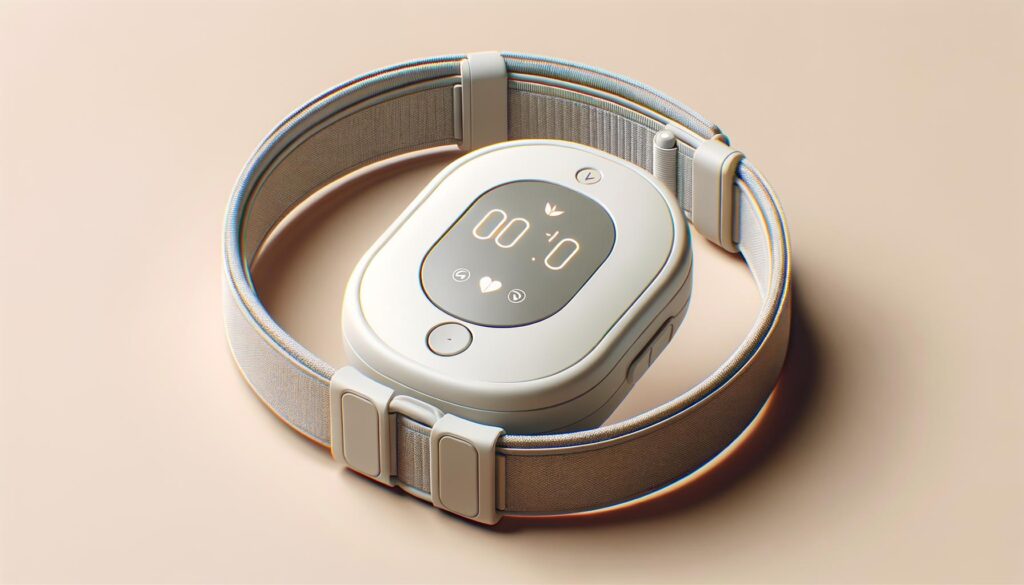The Role of Wearable Devices in Stroke Recovery

The Importance of Wearable Devices in Stroke Recovery
Recovering from a stroke can be a long and challenging journey, requiring patience, persistence, and the right tools to aid in rehabilitation. Wearable devices have emerged as a promising addition to traditional rehabilitation methods, offering convenience and real-time feedback to patients and healthcare providers. These devices can track movements and provide crucial data that can significantly impact recovery outcomes. Unlike traditional rehabilitation tools, wearable technology offers continuous monitoring, allowing for adjustments in therapy as needed.
How Wearable Devices Work
Wearable devices designed for stroke recovery typically incorporate sensors that track the wearer’s movements and vitals. These devices often come in the form of bands or patches that can be easily worn on the wrist, ankle, or other parts of the body. Equipped with advanced technology, they can detect various metrics, including:
- Movement patterns
- Heart rate
- Muscle activity
- Range of motion
The collected data is transmitted to a connected app or platform, where it is analyzed and shared with the patient’s healthcare team, facilitating personalized treatment plans and progress tracking.
Personalized Rehabilitation Programs
One of the key advantages of wearable devices in stroke recovery is their ability to provide highly personalized rehabilitation programs. By continuously monitoring each patient’s unique progress, these devices enable tailored exercises and therapy sessions that cater to individual needs. Personalized programs are essential for:
- Ensuring better engagement and motivation from patients
- Reducing the risk of overexertion or injury
- Optimizing recovery times
With data-driven insights, healthcare professionals can make informed decisions about the best course of action for each patient, ultimately enhancing the overall effectiveness of rehabilitation.
Enhancing Patient Engagement and Motivation
Keeping stroke survivors engaged and motivated through their recovery can be challenging, but wearable devices provide an interactive way to maintain interest. Patients can receive feedback in real-time, witnessing their progress and achievements. This immediate insight can foster a sense of accomplishment and encourage patients to stay committed to their rehabilitation routines. Additionally, some devices gamify the recovery process, turning exercises into fun, competitive activities that drive enthusiasm and adherence.
The Future of Wearable Technology in Stroke Recovery
The potential of wearable devices in enhancing stroke recovery is increasingly recognized, and their development is likely to continue at a rapid pace. Innovations may include further integration with virtual reality for immersive therapeutic experiences, advanced machine learning algorithms for more precise data analytics, and broader accessibility to these technologies. As these devices become more prevalent, their role in rehabilitation will likely expand, offering stroke survivors a more engaging and effective recovery process.
Conclusion
Wearable devices represent a significant advancement in stroke rehabilitation, offering continuous monitoring, personalized treatment, and enhanced patient engagement. As technology evolves, these tools will likely play an increasingly vital role in helping stroke survivors achieve their recovery goals efficiently. For individuals navigating the complexities of stroke recovery, wearable technology provides a promising ally in regaining independence and improving quality of life.
